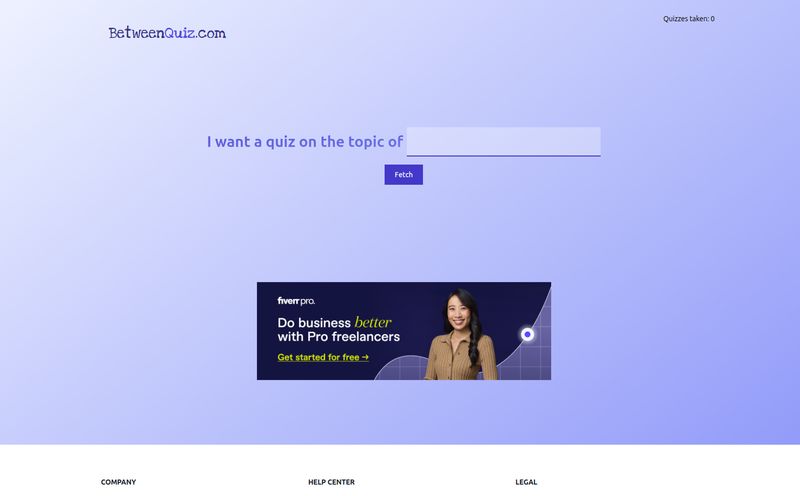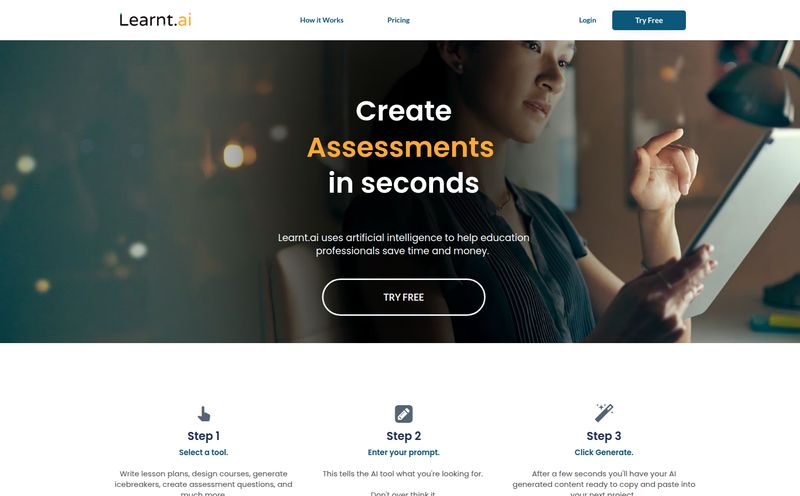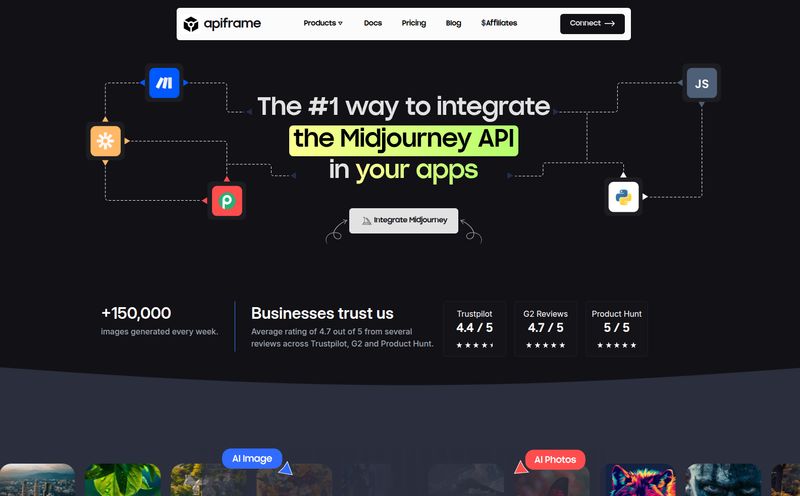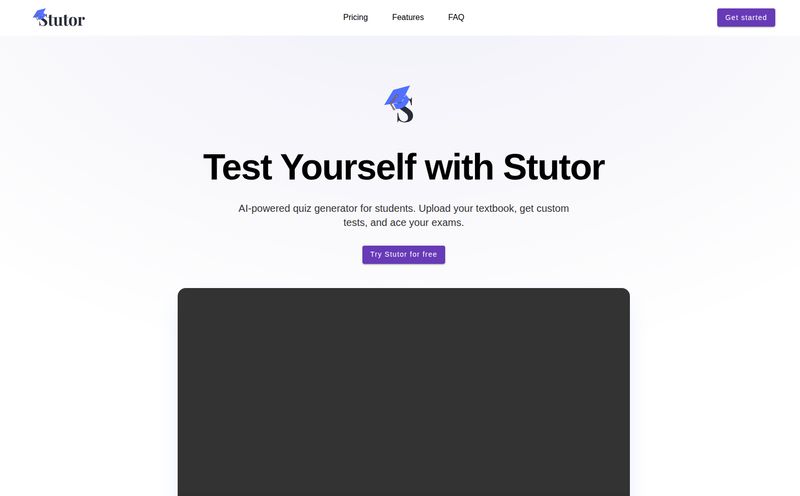Every single day, my browser tabs multiply like rabbits. There’s that new Google algorithm update analysis, a deep dive on programmatic SEO, three whitepapers on Q4 consumer trends, and that one article about the history of the ampersand I swore I’d get to. It's a constant, overwhelming firehose of information. We're all supposed to be lifelong learners, but who has the time to actually learn when you’re just trying to keep your head above the digital water?
So, when I hear about a tool that promises to tame this chaos, my ears perk up. The latest one to cross my desk is called QuizTime. The premise is so simple it's almost audacious: give it a link, and it spits out 5-minute lessons and quizzes for you. Automatically.
Sounds like magic, right? Maybe. Or maybe it's just another overhyped AI gimmick. As someone who's seen a lot of SaaS tools come and go, my default setting is skeptical. But I've gotta say, this one intrigued me. So, I decided to take a closer look.
So, What Exactly is QuizTime?
At its core, QuizTime is a content transformation engine. Think of it like a personal research assistant. You find a chunky, important article you need to digest. Instead of spending 30 minutes reading it, highlighting it, and then trying to remember the key points a week later, you just hand the link to QuizTime.
The platform’s AI then reads the content and acts like a brilliant tutor. It breaks down the core concepts into manageable, bite-sized lessons—we're talking just five minutes a pop. Then, it generates quizzes to make sure the information actually sticks in your brain. It's not just about reading; it's about retention. A subtle but massive difference.
The real kicker, though, is its promise of an “optimized learning sequence.” It doesn't just dump the quizzes on you at once. It sends them to you over time, strategically, to maximize what you remember. More on that in a bit, because that’s the part that really got my attention.
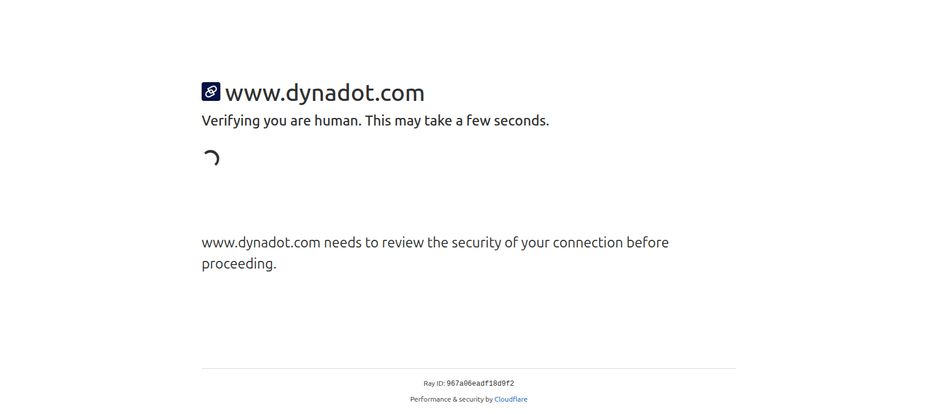
Visit QuizTime
How Does QuizTime Actually Work? The Magic Behind the Curtain
The process seems deceptively simple, which is usually a sign of some clever engineering. From what I can gather, it works something like this:
First, you feed it a URL. This is your source material. It could be a blog post, a news article, an online encyclopedia entry—you get the idea. The AI then gets to work, parsing the text to identify the main arguments, key data points, and foundational concepts. This is the most critical step, and honestly, the part where many AI tools fall flat.
Next, it generates what it calls “micro-lessons.” The five-minute format is smart. It taps directly into the whole microlearning trend, which acknowledges that our modern attention spans are, well, not what they used to be. It's easier to commit to a 5-minute lesson while waiting for coffee than a 45-minute webinar.
Finally, it creates reinforcing quizzes. This isn’t just for a grade; it's a cognitive science trick. The act of trying to retrieve information from your brain (i.e., taking a quiz) is one of the most powerful ways to strengthen that memory. And QuizTime automates the creation of these retrieval-practice tools.
The Good Stuff: Where QuizTime Really Shines
I came in skeptical, but I can see some genuinely powerful applications here, especially for people in our industry.
One of the biggest wins is effortless content repurposing. Imagine you just published a 3,000-word pillar page. That's a huge asset. With QuizTime, you could instantly turn that page into an internal training module for your junior staff or a simple email mini-course to use as a lead magnet. The work is already done; this tool just helps you squeeze more juice from the orange. It’s a content marketer’s dream.
But the feature that truly stands out to me is the “optimized learning sequence.” This is a fancy way of saying it uses spaced repetition. If you’ve never heard of it, look up the Ebbinghaus Forgetting Curve. It’s a psychological principle from the 1880s (yes, really) that shows how we rapidly forget information if we don't actively recall it at increasing intervals. Tools like Duolingo and Anki use this to help you learn languages. QuizTime applying this to any content is… kind of brilliant. It’s designed to fight against the natural way our brains shed information, making learning far more efficient.
And, of course, there’s the obvious benefit: it saves a ton of time. For corporate trainers, managers, teachers, or even just curious individuals, the hours spent creating learning materials can now be condensed into minutes. That's a powerful value proposition.
Let's Be Real: The Potential Downsides
Alright, it’s not all sunshine and rainbows. No tool is perfect, and my inner cynic found a few things to worry about.
The most glaring issue is the 'Garbage In, Garbage Out' problem. QuizTime is an AI, not a fact-checker with a conscience. If you feed it a link to a poorly researched, biased, or just plain wrong article, it will happily and efficiently create a fantastic-looking lesson that teaches you… wrong information. The onus is still 100% on you to provide high-quality source material. It's a powerful tool, but it's one that requires user discretion.
Then there's what I'll call the Cookie-Cutter Conundrum. The information I have suggests there might be limited customization. For a corporate trainer who needs to ensure every piece of content matches a specific brand voice and pedagogical style, this could be a dealbreaker. Can you edit the questions? Can you add your own context or nuance? If the answer is no, its professional use becomes a bit more limited.
Finally, this is not a one-size-fits-all solution. I suspect it works best with well-structured, text-heavy articles. I doubt it could take a link to a complex data visualization, a product tutorial video, or a dense philosophical text and produce anything meaningful. It has a clear lane, and users need to understand that.
Who is QuizTime For, Really?
So, who should be rushing to try this out? I can see a few key groups.
- Corporate L&D and Team Leads: For quickly disseminating information about new software, company policies, or important industry news, this could be a game-changer for internal training and onboarding.
- Students and Academics: Imagine turning every dense chapter of required reading into a series of quizzes you get on your phone. That’s a serious study hack.
- Content Marketers and SEOs: As I mentioned, the ability to repurpose your best content into educational material is a huge opportunity.
- Curious Individuals: For all of us with a 'read later' list that's a mile long. This offers a way to actually process that content instead of just hoarding links.
What's the Damage? A Look at QuizTime Pricing
And now, the question on everyone’s mind: what does it cost?
As of this writing, I couldn’t find a public pricing page for QuizTime. This isn’t unusual for a new SaaS tool, especially one that might be targeting enterprise clients before a wider public launch. They could be in beta, or they might operate on a 'contact us for a demo' model. My advice? Head to their website directly to get the most current information. I’m hoping to see a free trial or a generous freemium tier, as that would make it a no-brainer for individuals to at least try.
My Final Take: Is QuizTime the Future of Learning?
So, what’s the verdict? Is QuizTime a revolutionary tool or just another flash in the pan?
I think the truth is somewhere in the middle. It is not a replacement for deep, critical thinking. But it is a fantastic force multiplier. It takes the grunt work out of learning, automating the summarization and reinforcement process so you can focus on understanding and applying the knowledge. The integration of spaced repetition is what elevates it from a simple content summarizer to a genuine learning tool.
I'm genuinely excited about tools like this. They represent a smart application of AI to solve a very real problem: information overload. It won’t do the learning for you, but it might just be one of the best learning asssistants I've seen in a while. Just… make sure you feed it good content.
Frequently Asked Questions about QuizTime
- 1. Can QuizTime use content from videos or PDF files?
- Based on the available information, QuizTime primarily works by parsing content from a web link (URL). Its ability to handle PDFs or video content (without a transcript) is unclear and may be limited. It's likely most effective with text-based web pages.
- 2. How accurate are the lessons and quizzes generated by QuizTime?
- The accuracy of the lessons is directly dependent on the quality of the source material. The tool summarizes and quizzes based on the provided text. If the original article is accurate and well-written, the output will be too. It does not independently verify facts.
- 3. Is QuizTime free to use?
- Pricing information is not publicly available at this time. Many new software tools offer free trials, freemium models, or custom enterprise pricing. It's best to check the official QuizTime website for the most up-to-date details.
- 4. What is spaced repetition and why does QuizTime use it?
- Spaced repetition is a learning technique where information is reviewed at increasing intervals. This method combats the “Forgetting Curve,” the natural tendency of our brains to forget information over time. QuizTime uses it to send you quizzes at the perfect moments to strengthen your memory and improve long-term retention.
- 5. Can I edit the lessons or quizzes that QuizTime creates?
- The extent of customization is a potential limitation. While it automates creation, it's not clear how much control users have to edit or tweak the generated content. This might be a key factor for users with specific branding or educational requirements.
Reference and Sources
- Ebbinghaus Forgetting Curve Explained - Western Governors University
